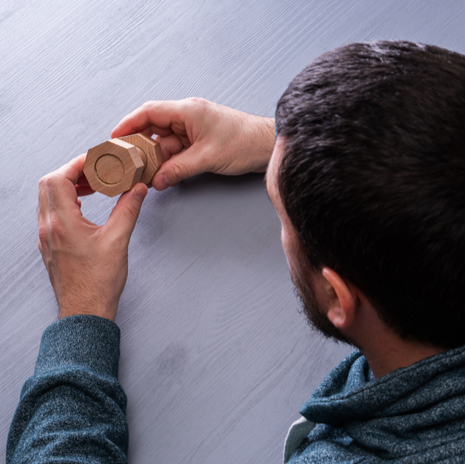“Across the country, surgeons are learning to use more than just scalpels and forceps. In the past decade, a growing number of medical institutions have invested in the da Vinci robot, the most common device used to perform robot-assisted, or robotic, surgery,” writes Mary Scott Hodgin in their recent NPR article entitled “Doctors Learn The Nuts And Bolts Of Robotic Surgery.”
“Compared to traditional open surgery, robotic surgery is minimally invasive and recovery time is often shorter, making the technology attractive to patients and doctors,” Hodgin explains.
According to the NPR piece, “the robot has become common practice in some specialties, such as urology and gynecology, and that growth is expected to continue, which means more surgeons are learning to use the device.”
"It's not necessarily, 'Is robot better?' " says Dr. Kenneth Kim, director of the robotic training program at UAB Hospital in Birmingham, Alabama in Hodgin’s article.
"Robot is just another tool that they need to master just like any other surgical tool,” Kim explains in the article.
“But ‘mastering the robot’ can be a challenge,” shares Hodgin.
Mastering the Operation Can Be a Challenge
Hodgin’s article got us thinking.
You’ve got various parts of your operation.
They’re constantly moving – and evolving.
You’ve got to get them under control in a way that lets you perform at the level necessary to perform your “surgery.”
You know, leading people, managing resources, keeping your customers safe and happy.
That’s an enormous responsibility we know you don’t take lightly.
But it’s also a challenge.
At times, you probably feel overwhelmed.
Agree?
But you need to master your operation.
Why?
It’s the only to maximize your performance today and into the future.
So, while doctors are learning the nuts and bolts of robotic surgery, we recommend you learn how Proactive Operations can help you master your operation.
We’re confident you’ll understand – and get excited about – how this methodology provides you a disciplined framework for streamlining processes, resources, personnel, information, and communication.
The Nuts and Bolts of Proactive Operations
We’re going to hit the bird’s-eye view of this methodology.
You should dive into the nitty-gritty of it here.
Proactive Operations is a methodology by which property operations utilize Strategy, Infrastructure, and Technology to achieve maximum performance.
Strategy is the first pillar for building Proactive Operations
It’s where you will examine and scrutinize all areas of your operation to identify strengths, weaknesses, and opportunities for advancement.
Use the ACDA Principle™ when working through your strategy to understand, apply, and continuously improve your:
- Awareness
- Communication
- Documentation
- Analysis
Infrastructure is the second pillar
Yours is based on your operational needs.
But you must have one!
Ensure that it includes representatives from any functional area where issues or incidents could affect performance and the customer experience.
By investing in the design and development of an infrastructure, you create the opportunity for:
- Agile Operations
- Organized Personnel
- Streamlined Information Flow
Technology is pillar three
Strengthen this final component by implementing software solutions that optimize all three pillars.
It will help skyrocket your performance.
Get the real-time communication and information you deserve, create memorable customer experiences, and reduce your risk.
You need a software solution with these three qualities:
- Industry-Focused
- Unified Platform
- Real-Time Communications
Over to You
We’re sure robotic surgery has a substantial learning curve. But one thing we know for certain is leading your operation is a challenge and will always be challenging. Nothing is wrong with that. And you can master it.
By learning the nuts and bolts of Proactive Operations, you’ve allowed your property operation to streamline processes, resources, personnel, information, and communication. That way, you can ensure a safe and memorable experience for your customers.




